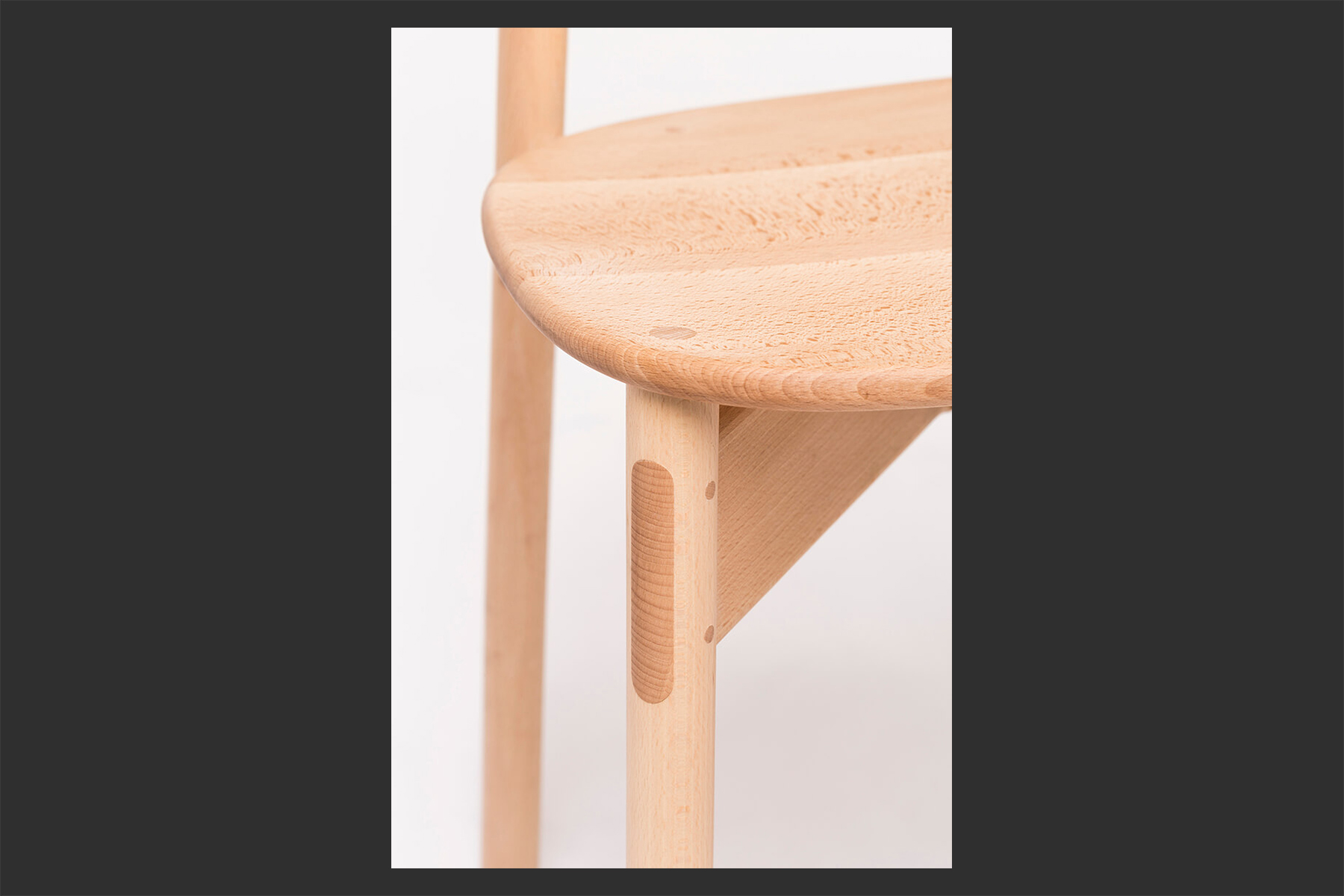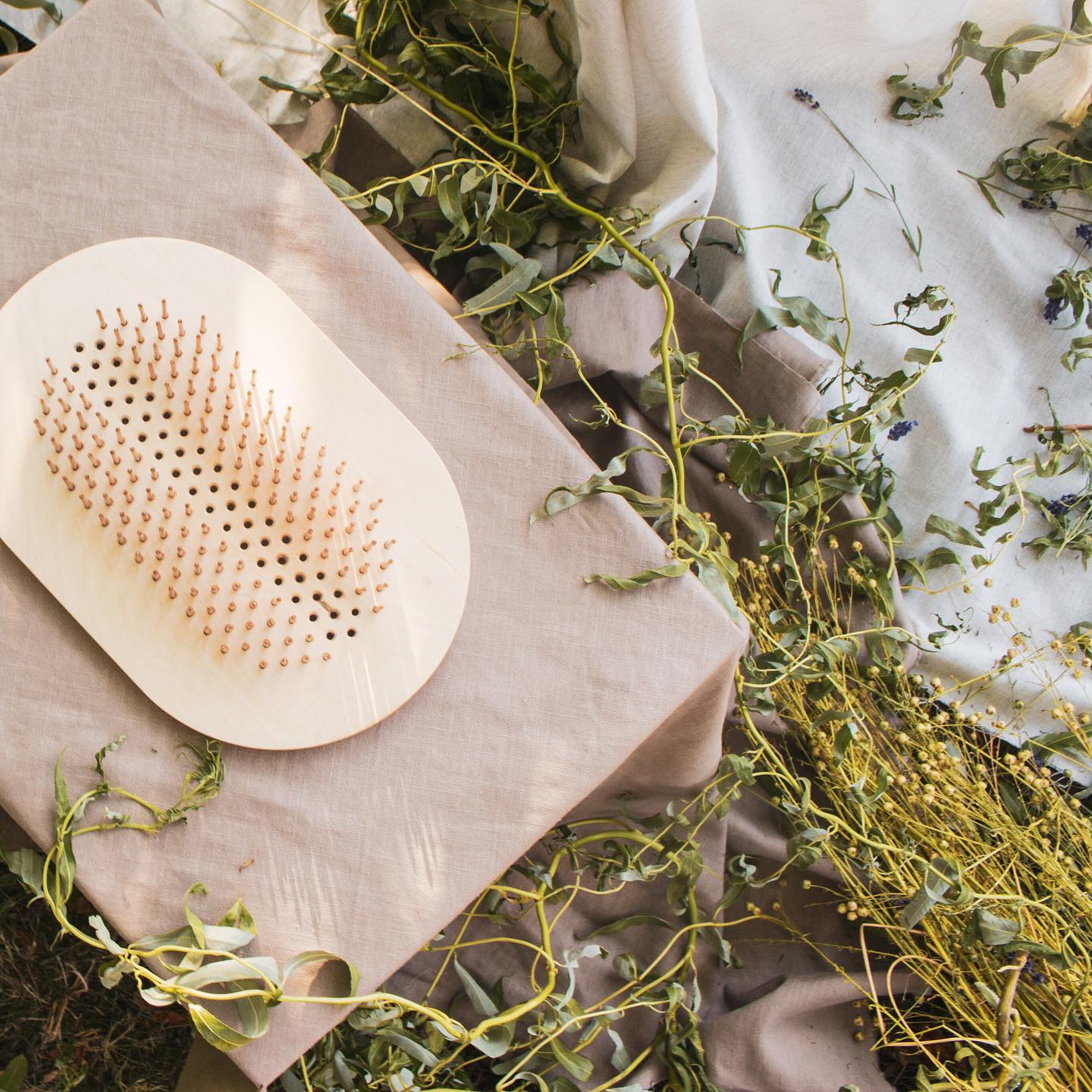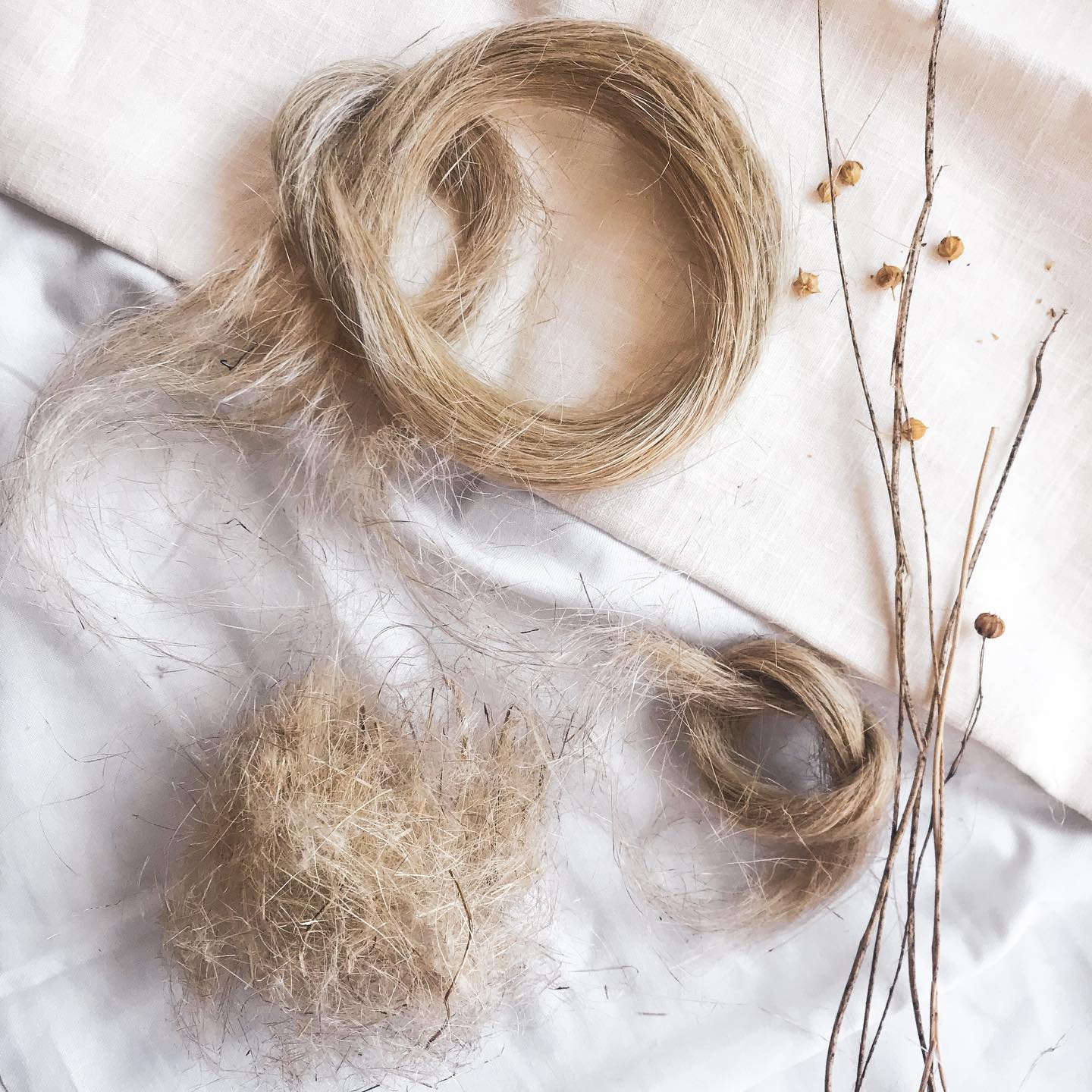
1
The need for a global introduction of the circular economy model - that is, the sending back into circulation of materials that have already been produced - proves necessary.
Although it is difficult to go back and relinquish our relatively newly learned overindulgences, and the need to have as cheap and as many products as possible, people are beginning to appreciate anew crafts and quality creations that will last for generations. Inspiration from our roots and the use of local resources and raw materials and, at least, a small amount of self-sufficiency can also be one of the keys to a better future.
And it is often the designers who, through their projects and sharing of procedures, help to build such an awareness. For example, in the Sokui furniture collection, designer Filip Krampla used rice starch as a binder for individual wooden components. Despite the fact that this is a traditional Japanese glueing technique combined with a typical Asian raw material, it is fitting to appreciate the idea of using traditional methods associated with minimising the material used and replacing synthetic adhesives and varnishes. In our local context, rice starch could be replaced by starch obtained from raw materials whose production is abundant in our country (e.g. potatoes, corn). It is starch binders that have recently been used in the production of ecological composites.
A return to the legacy of traditional techniques and materials is being explored by a Slovak (originally diploma) project called Story of Linen. It renews processing techniques of flax - a traditional raw material grown in Slovakia and the Czech Republic (not only for its seeds but also for the production of fabrics). The main goal of the project is to inform a wide audience about the complexity of the whole process; from the growth of the crop through its harvest to processing into textiles (drying, breaking, seeding, spinning, weaving). And through intensive sharing and education, contribute to strengthening the relationship between people and materials, and emphasise the need to value quality and local natural materials.
And it is often the designers who, through their projects and sharing of procedures, help to build such an awareness. For example, in the Sokui furniture collection, designer Filip Krampla used rice starch as a binder for individual wooden components. Despite the fact that this is a traditional Japanese glueing technique combined with a typical Asian raw material, it is fitting to appreciate the idea of using traditional methods associated with minimising the material used and replacing synthetic adhesives and varnishes. In our local context, rice starch could be replaced by starch obtained from raw materials whose production is abundant in our country (e.g. potatoes, corn). It is starch binders that have recently been used in the production of ecological composites.
A return to the legacy of traditional techniques and materials is being explored by a Slovak (originally diploma) project called Story of Linen. It renews processing techniques of flax - a traditional raw material grown in Slovakia and the Czech Republic (not only for its seeds but also for the production of fabrics). The main goal of the project is to inform a wide audience about the complexity of the whole process; from the growth of the crop through its harvest to processing into textiles (drying, breaking, seeding, spinning, weaving). And through intensive sharing and education, contribute to strengthening the relationship between people and materials, and emphasise the need to value quality and local natural materials.

2

3

4